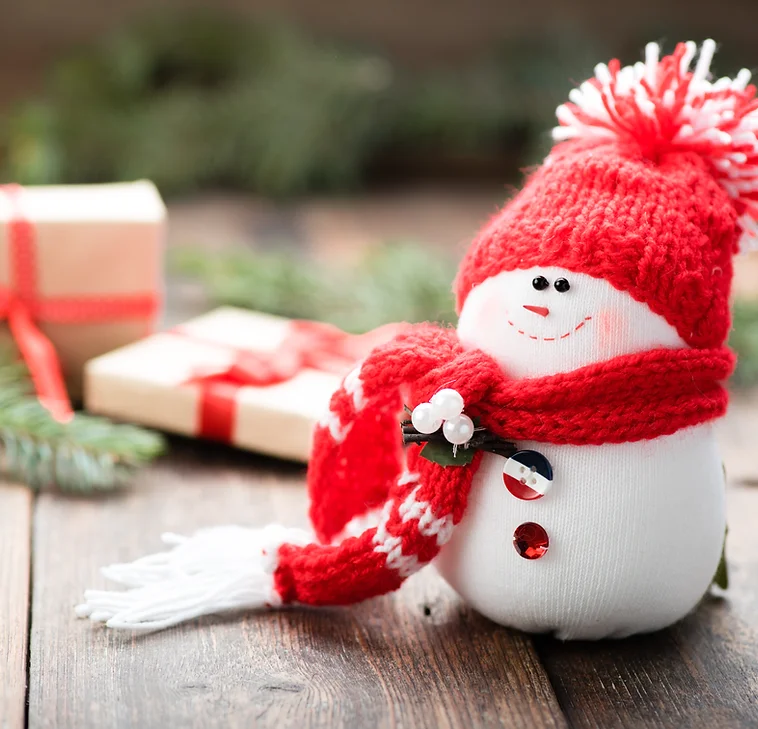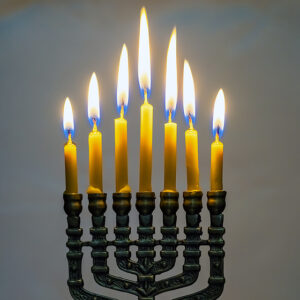Delco’s Festival of Lights and Holiday Village Opens December 1

(From a press release)
Each December, Rose Tree Park glimmers at night, welcoming visitors to enjoy a wintery walk in the park after dark. Delaware County Council and the County’s Department of Parks and Recreation are thrilled to announce the 48th annual Festival of Lights in Rose Tree Park, which opens on Friday, December 1.
“We’re grateful to host this wonderful event every year in Rose Tree Park,” said Marc Manfre, Director of Delaware County Parks and Recreation. “It’s a favorite local gathering place that really gets you into the holiday spirit.”
Delaware County’s annual Festival of Lights began over four decades ago as part of the nation’s Bicentennial celebration and quickly became a popular local tradition. Over time, the outdoor displays have grown from 50 decorated trees (one for each municipality and one large one to represent the County) to more than 100 lit trees and many festive displays, including candy canes, a penguin family, and Santa’s reindeer.
The festival will kick off with the park’s traditional Tree Lighting Ceremony at 5:00 PM on December 1, with a welcome from County Council and seasonal songs by the Springton Lake Middle School Select Choir. The illumination of the trees will usher in Santa’s arrival and the opening of the Delco Holiday Village.
The 3rd annual Delco Holiday Village offers food trucks and a variety of local vendors, making Rose Tree Park the perfect spot to enjoy the flavors of Delco while shopping and supporting local businesses.
“We are thrilled to host this treasured Delco tradition once again this year and offer residents a fun and festive venue to get into the holiday spirit and enjoy the beautiful light displays, shop local, and enjoy some local cuisine in Rose Tree Park,” said Delaware County Council Vice Chair Elaine Paul Schaefer.
Presented by the Delaware County Chamber of Commerce, the Holiday Village operates on select evenings from 5:30-8:00 p.m. It is scheduled for December 1, 2, 8, 9, 15, and 16 (the first three Friday and Saturday evenings).
Director Manfre highlighted some exciting new additions and changes for this year’s festival, made possible by the new sidewalk in the park which was completed over the summer.
“This year, the display area will extend to the rear parking lot behind the historic building known as the Hunt Club. Visitors will be able to stroll further than before, and there will be more space to enjoy the Holiday Village.”
Although the new playground itself will be closed after dark, the newer trees and plantings surrounding it will be lit up, and some of the displays have been relocated to that area.
Also new this year- a lighted archway to guide visitors along the new path and a DJ playing holiday music to add to the festive atmosphere of the Holiday Village.
The Festival of Lights is a walk-through display and runs nightly from 5:00-10:00 PM, December 1 through January 1. Admission and parking are free. Handicapped parking is available. Friendly, leashed dogs are welcome.
For event notifications, such as weather cancellations, text the word DELCOPARKS to 888777 or select Parks & Recreation Alerts in the Delco Alert system. For more information or call 610-891-4455.


